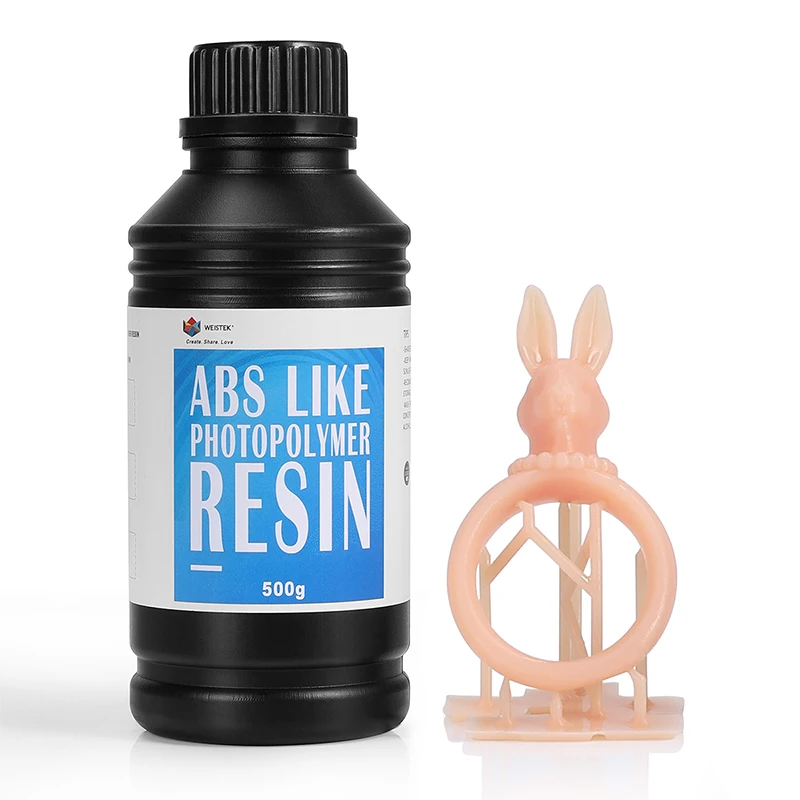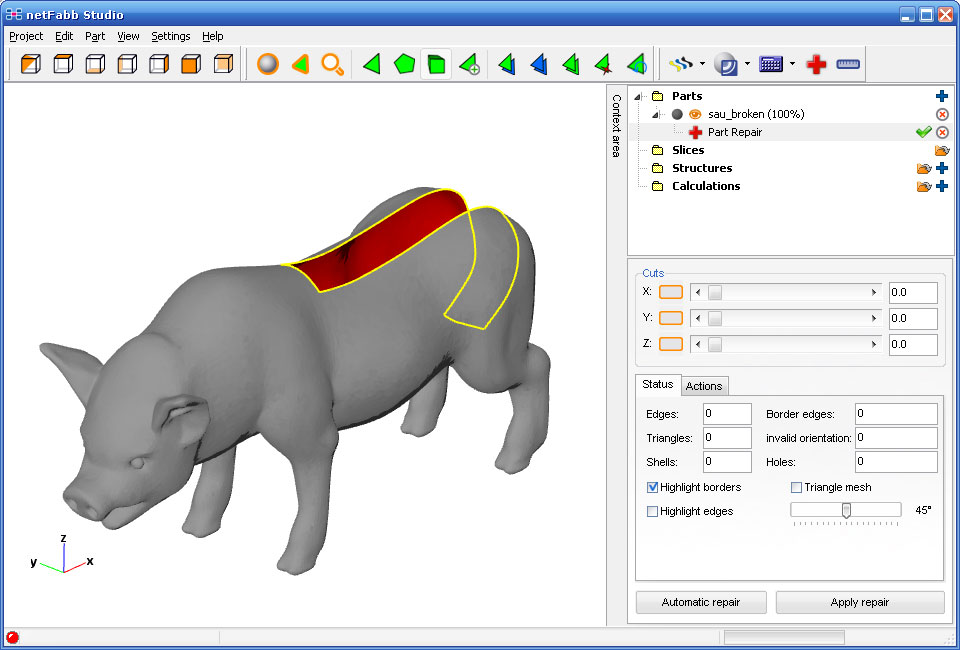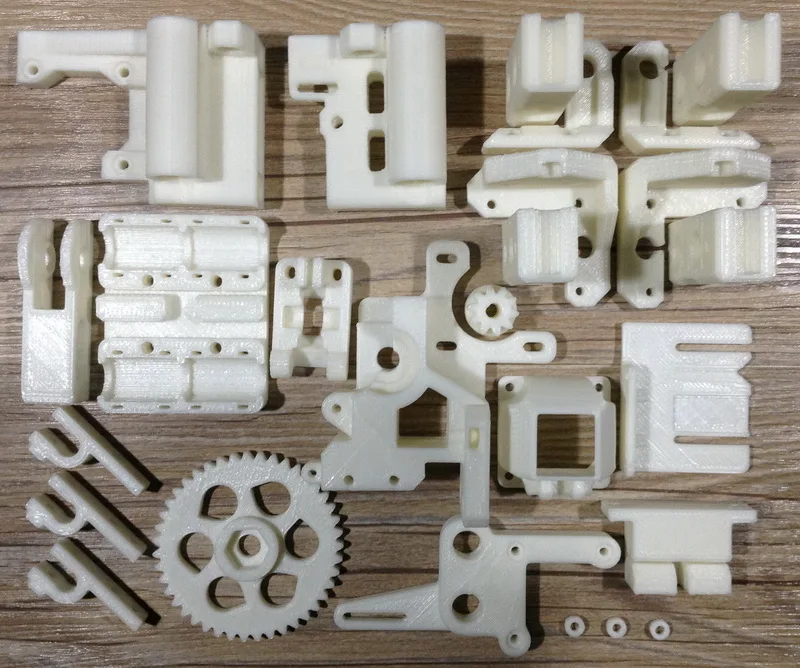Pros and cons of 3d printing in medical
3 Pros and Cons to 3D Printing for Medical Devices
3D printing processes — which use digital models to create physical devices out of materials like plastic — present a great opportunity for medical device manufacturers and allow for the fabrication of cheap, custom-fit devices as needed by patients and physicians.
However, 3D printing technology is still relatively new and has only recently been adopted in the manufacturing side of the medical device industry — meaning manufacturers are still adapting to some remaining difficulties. 3D printing can be a huge benefit for device makers, but there are some downsides to working with the technology that manufacturers should consider.
Here are three pros and three cons to 3D printing for manufacturers of medical devices.
3 Pros of 3D Printing Medical Devices
1. Personalized Medical Devices and Patient-Specific Implants
3D printing can create medical devices and implants that are tailor-made for a patient’s specific physiology — or even a specific surgery — making it potentially more effective than a mass-produced device. Customized, surgery- and patient-specific 3D-printed tools and implants are already being used in knee surgery, where surgeons at Yale Medicine have found that they speed up recovery and reduce patient pain levels.
With the emergence of this novelty technology, a few manufacturers are already developing their own patient-specific medical devices. Some significant developments in patient-specific medical devices include external prosthetics, orthopedic implants and customizable airway stents.
2. Just-in-Time Manufacturing Approach to on-demand devices
The speed of 3D printing means it’s possible for manufacturers to quickly create devices in response to patient demand. Traditional implants can take weeks to design and manufacture, especially if they need to be customized for a patient. 3D printing is already being used to cut down the time needed to create bone implants to as little as possible.
Combined with the possibility of personalized medical devices, the just-in-time approach enabled by 3D printing could result in on-demand personal devices.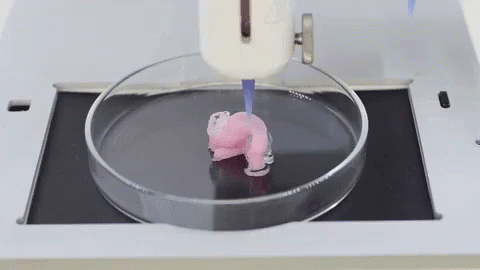 These components could be a better fit for patients than the devices they may have needed to wait for in the past.
These components could be a better fit for patients than the devices they may have needed to wait for in the past.
The speed and flexibility of this approach could help to reduce waiting times for patients and lower the chances of complications that may occur as a result of delayed or unavailable medical devices.
3. Rapid Medical Prototyping
3D printing is often cheaper — and sometimes faster — than standard manufacturing methods, which means manufacturers can rapidly design, print and test medical device prototypes.
Some medical device companies already use 3D printing to rapidly develop and test drug delivery devices, like inhalers and injectors. These devices need to be both comfortable and easy to use. Often, manufacturers can only tell if a design is truly ergonomic and built for human use with repeated testing.
Traditional design and manufacturing methods may need weeks to produce a new prototype. With 3D printing, it’s much quicker to iterate on previous designs — 3D technology allows a prototype to be designed and printed in a few days.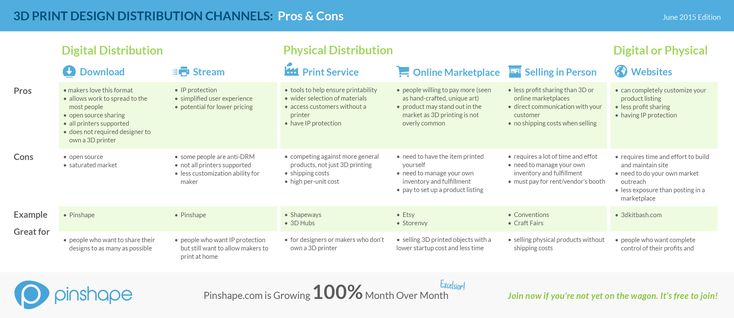
3 Cons of 3D Printing Medical Devices
1. 3D Printing process Is Not Eco-Friendly
3D printing is intensive in two resources — plastic and energy. If a medical device manufacturer is wanting to go lean — or otherwise cut back on energy used or emissions produced — 3D printing will make those plans harder to follow.
Manufacturers can reduce this waste, and 3D printing itself isn't necessarily wasteful. For example, because 3D printing uses only the materials that end up in the finished product — no material ends up on the factory floor — it is, in some respects, less wasteful than traditional manufacturing. And the plastic used in 3D printing can often be recycled.
But plastic and high energy use aren't good for the environment no matter how you slice it. Medical device manufacturers wanting to work with 3D printing will have to either accept these environmental costs or look for an alternative.
2. Limited options of 3d printing Material
There’s a limited amount of materials that can be used in 3D printing. Composite devices — or devices that require special, non-printable materials or components — may be difficult or impossible to 3D print without cutting some corners.
Composite devices — or devices that require special, non-printable materials or components — may be difficult or impossible to 3D print without cutting some corners.
New materials for 3D printing are, however, being announced all the time. For some manufacturers, the right materials may be just a few months or years out of reach. But some materials, like fabrics, are going to be difficult or impossible to print. In cases like these, manufacturers may need to rely on traditional manufacturing methods — either partially or entirely.
3. Inconsistent Quality of 3d-printed objects
3D printers don't always produce top-of-the-line results. 3D-printed objects can vary slightly in dimensions, and some level of design noise — like texture or bumps when a surface needs to be smooth — may be introduced in the manufacturing process. In such cases, the noise and irregularities would need to be machined out by a worker before the parts would be allowed to come into contact with patients.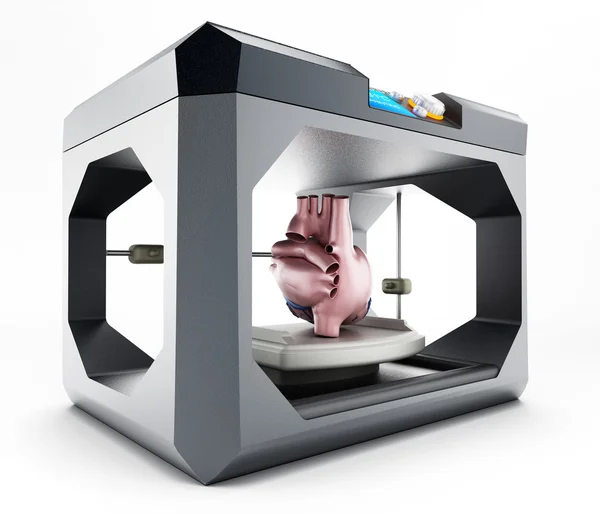
If a design error causes a 3D printer to make the same mistake on a set of several hundred devices, manufacturers will need to commit a significant amount of extra labor to fix those mistakes. These post-labor costs can cancel out the money a manufacturer may have saved by switching to a 3D printing process.
Some experts in operations management believe that this drawback is enough to keep 3D printing from becoming competitive anytime soon.
It should be said, however, that this problem isn’t guaranteed. New 3D printing technology will likely improve the quality of 3D-printed devices — if only gradually. And better familiarity with 3D printing techniques may also improve the initial quality of 3D-printed devices, although it's unlikely that devices will make their way from production to consumer without any extra labor involved.
Benefits and Downsides of 3D Printing Medical Devices
Medical device manufacturers can benefit from 3D printing in a number of different ways. This technology allows for cheaper production costs, patient-specific devices and a just-in-time manufacturing approach.
This technology allows for cheaper production costs, patient-specific devices and a just-in-time manufacturing approach.
Manufacturers should, however, be aware of the current downsides of 3D printing technology before investing too heavily. 3D printers are energy-intensive, limited in functionality compared to some traditional manufacturing methods, and not always able to produce devices that are exactly to spec. 3D printing has many benefits to offer medical manufacturers, but the method may not be an outright upgrade over standard manufacturing techniques.
Looking for a design control solution to help you bring safer medical devices to market faster with less risk? Click here to take a quick tour of Greenlight Guru's Medical Device QMS software →
8 Pros And Cons Of Additive Manufacturing For Medical Devices
Above: Metal 3D printed medical device implant/Image Source: 3D SystemsAdditive manufacturing is gaining popularity in many industries, including the medical sector. With this development, you might be wondering whether you should also invest in additive manufacturing for your medical business. This article will help you make that decision by enlightening you on the pros and cons associated with additive manufacturing for medical devices. Read on to find out more!
With this development, you might be wondering whether you should also invest in additive manufacturing for your medical business. This article will help you make that decision by enlightening you on the pros and cons associated with additive manufacturing for medical devices. Read on to find out more!
Contents
- 1 Advantages – Additive Manufacturing for Medical Devices
- 1.1 Design Flexibility
- 1.2 Production Flexibility
- 1.3 Allows Room For Analysis
- 1.4 Portability
- 2 Disadvantages – Additive Manufacturing for Medical Devices
- 2.1 High Initial Cost
- 2.2 Complex Material Sourcing
- 2.3 Need For Post-Production Polishing
- 2.4 Poor Quality Control
- 3 Conclusion
Advantages – Additive Manufacturing for Medical Devices
Design Flexibility
Additive manufacturing enables contract medical device manufacturing companies, including you, to store a medical device’s design on CAD (Computer-Aided Design) files.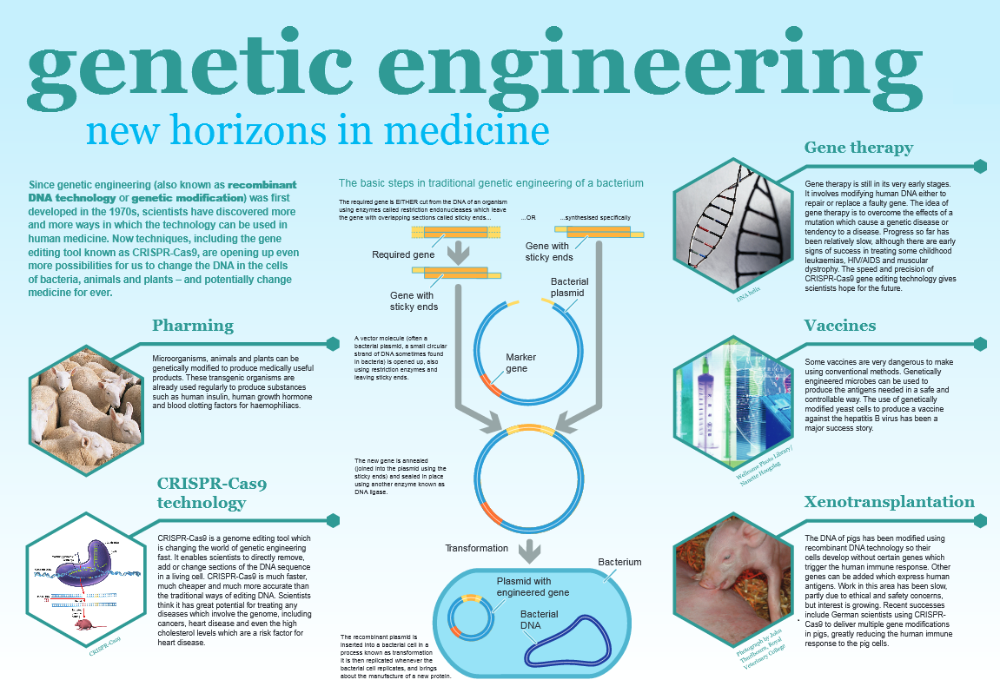 The digital CAD files allow you to make any changes to the design before producing a prototype. This allows for great flexibility since you can test and design as many times as necessary. Also, there’s less time and resource wastage, unlike conventional manufacturing, where you need to produce several prototypes to get the design right when changes are involved.
The digital CAD files allow you to make any changes to the design before producing a prototype. This allows for great flexibility since you can test and design as many times as necessary. Also, there’s less time and resource wastage, unlike conventional manufacturing, where you need to produce several prototypes to get the design right when changes are involved.
With its capabilities, you can custom-make medical equipment for the unique needs of your patients. This also includes aesthetic features. In conventional manufacturing, devices were produced with a universal mindset, more of a one-size-fits-all. This proved difficult since not all patients are the same and have different body shapes, compositions, and needs.
Additive manufacturing also allows for the production of complex medical equipment with unique shapes. This feature is attributed to the use of raw materials with small particles during manufacturing.
Production Flexibility
With conventional manufacturing, production has to be done in batches. Therefore, if a patient needs a prosthetic and only two orders have been made, they’ll have to wait until there are sufficient orders to allow for production. Alternatively, they’ll have no option but to look for other providers.
Therefore, if a patient needs a prosthetic and only two orders have been made, they’ll have to wait until there are sufficient orders to allow for production. Alternatively, they’ll have no option but to look for other providers.
3D printing allows you to produce a single unit of any medical device, unlike conventional manufacturing, where making a single unit is uneconomical and close to impossible. This meets the needs of your patients promptly, allowing efficiency and satisfaction.
Allows Room For Analysis
Some medical procedures are complex and require adequate practice before they’re performed. 3D printing makes this process easier by printing enlarged body parts with clear visual features. If the procedure is to be on the arm, the surgeons can design the component and enlarge its size to allow for the visibility of all the veins and vessels found there and then print the prototype. Such a model allows for adequate practice before surgery to make the operation successful.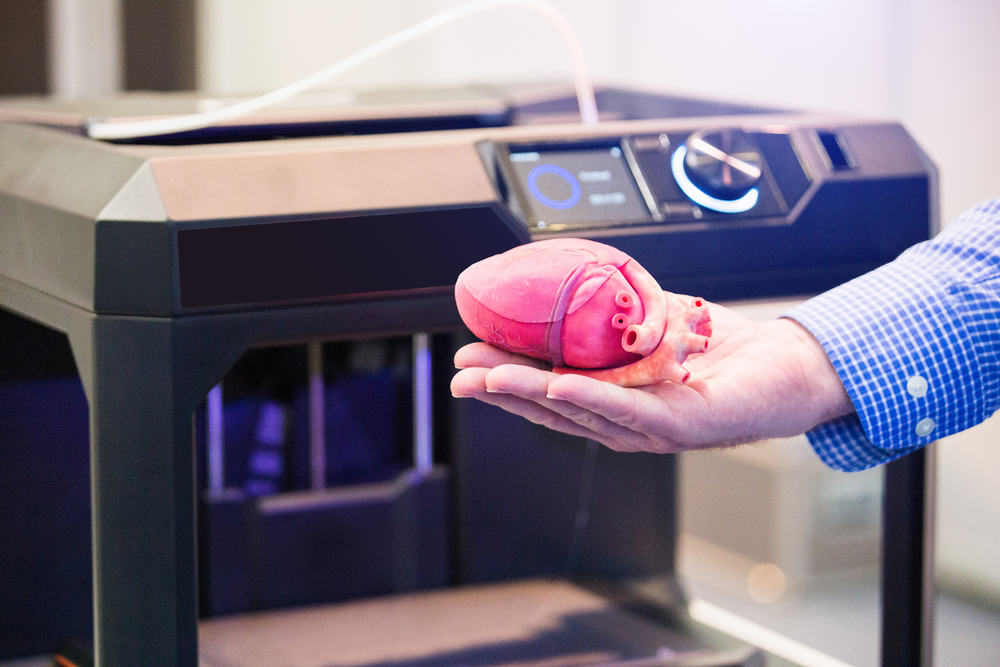
There are medical devices that doctors can only vet their operation and efficiency after production. Several prototypes have to be made with such devices until the device reaches the required standards. Additive manufacturing allows for the speedy production of these prototypes for quicker certification. The same can’t be said with conventional manufacturing, where prototype designing and production can take weeks to complete. It delays meeting the demand for these devices in the market.
Portability
Additive manufacturing allows for the decentralization of medical services. You don’t need to be on the hospital premises to use 3D printing. All you need is the printer itself, a computer, and electricity. This is quite beneficial when offering medical services in remote areas or combat fields with limited facilities. If a patient needs a prosthetic urgently, it can be designed and produced within a day to suit the patient’s exact needs. This allows for greater service delivery.
Disadvantages – Additive Manufacturing for Medical Devices
High Initial Cost
Acquiring additive manufacturing equipment requires much capital. Most medical businesses can barely afford to invest in 3D processing without affecting other operations financially.
It would be even more expensive if you had previously invested and acquired conventional manufacturing equipment, and with the new technology, you want to transition to additive manufacturing.
Based on this, most companies prefer to remain with their conventional methods and outsource additive manufacturing when necessary.
Complex Material Sourcing
The raw materials used in additive manufacturing, plastic, and metal, are hard to outsource. Yes, you can easily find them around your locality, but most of the time, they need to be grounded to small particles for use in 3D printing. This requires a complex procedure, gas atomization, that doesn’t come cheap. Some medical devices will need the particles in specific shapes, such as spheres, to achieve the desired final look. This is challenging to achieve, adding to the cost of sourcing.
This is challenging to achieve, adding to the cost of sourcing.
Need For Post-Production Polishing
Products, including medical devices, made from additive manufacturing often have a rough finish to their surfaces. This is undesirable for most medical devices. Therefore, after their production, several processes have to be done to ensure the quality of the final product. These products will need sanding, electropolishing, chemical soaks, and many others. Even with 3D printing producing prototypes faster, the post-production processes slow down the manufacturing of these devices in the long run.
Poor Quality Control
3D printing allows for the production of counterfeit goods, which are hard to pinpoint. All that’s needed is the outlook of the original product and knowledge of the raw materials used. With this, a patient might end up purchasing a poor-quality medical device without their knowledge, and it ends up negatively affecting them. This puts a bad image on the company name the counterfeiter used on their goods.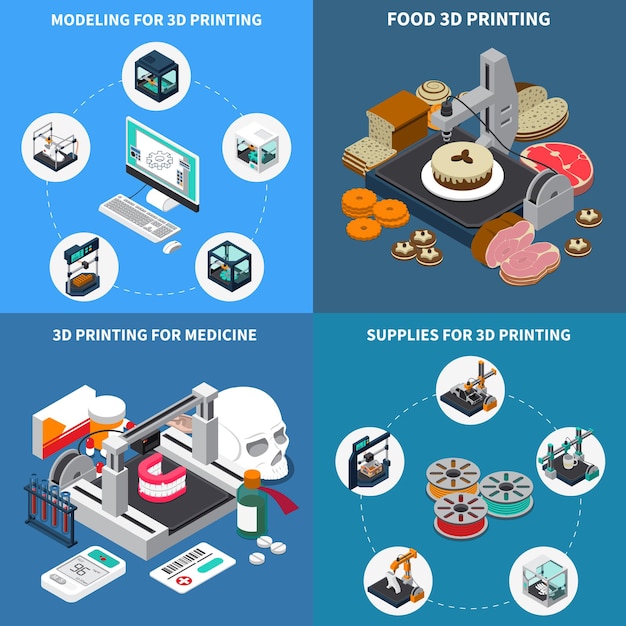 This isn’t favorable for any business.
This isn’t favorable for any business.
Conclusion
The above points are some of the significant advantages and disadvantages of additive manufacturing for medical devices. With this knowledge, you’re well-informed as you decide if you want to invest in 3D printing or not. However, it’s good to note that the benefits outweigh the risks with a significant margin. Make a wise decision.
About Manufactur3D Magazine: Manufactur3D is an online magazine on 3D printing. which publishes the latest 3D printing news, insights and analysis from all around the world. Visit our 3D Printing Education page to read more such informative articles. To stay up-to-date about the latest happenings in the 3D printing world, like us on Facebook or follow us on LinkedIn and Twitter.
3D printers advantages and disadvantages
If you ask any owner of a 3D printer what the main advantage of his device is, he will begin to talk about the high quality of printing and the ability to make any prototypes.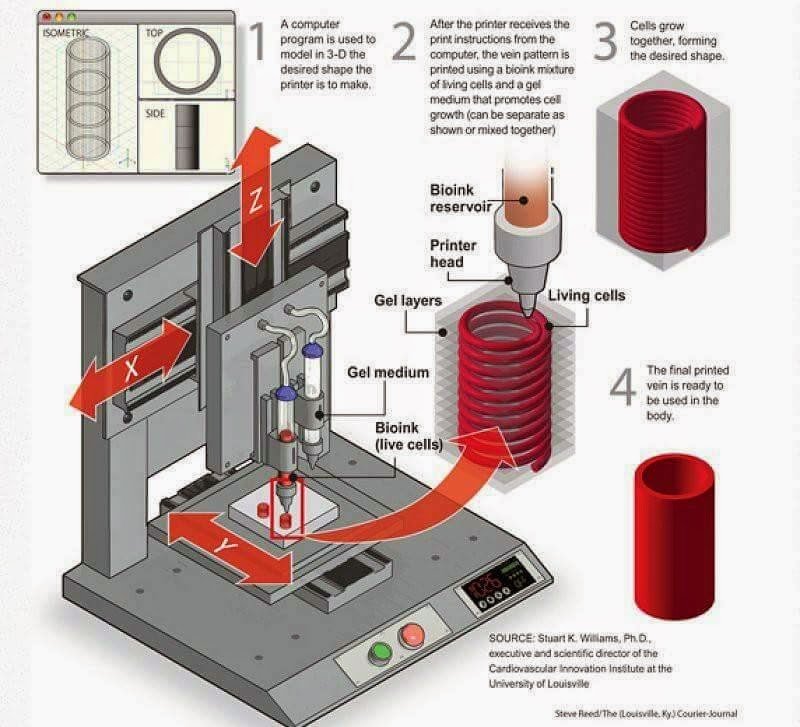 When asked about the shortcomings, the answer is usually about some shortcomings in the design of the printer: someone is not satisfied with an insufficiently rigid frame, some complain about too slow printing rates. In the article, we understand what advantages most 3D printers have and find out what disadvantages their owners have to face. nine0003
When asked about the shortcomings, the answer is usually about some shortcomings in the design of the printer: someone is not satisfied with an insufficiently rigid frame, some complain about too slow printing rates. In the article, we understand what advantages most 3D printers have and find out what disadvantages their owners have to face. nine0003
Despite a relatively slow start, additive technologies are finally gaining momentum. Now 3D printers have gained well-deserved popularity both in the user environment and in the field of production. We have already appreciated the many benefits of 3D printing, including the ability to print complex models, but the peak of popularity and functionality of 3D technologies is yet to come. We talk about the main advantages and disadvantages of 3D printers.
Benefits of 3D printers
Let's start with the benefits: 3D printing allows you to quickly and relatively inexpensively produce the desired prototypes with high accuracy, independently adjusting the printer settings and choosing the optimal parameters. Let's dwell on each plus of 3D printers in more detail.
Let's dwell on each plus of 3D printers in more detail.
The advantage is the speed of production
3D printers can significantly reduce the time spent on each project. Unlike traditional manufacturing methods, when using additive technologies, the entire printing process will take from several weeks or days, and the bulk of the models can be printed in a matter of hours. Some manufacturers have decided to optimize their inventory by starting to make parts to order. This approach allows you to take mass production to a new level: now you do not need to store a lot of parts in stock, because you can simply print them as needed, immediately sending them to sale. nine0003
Advantage - cost of production
Large-scale projects with a large number of 3D printed parts are not cheap, but additive manufacturing still remains more profitable than traditional technologies. Many manufacturers use 3D printing for short runs or prototyping. For example, it is much more profitable for jewelers to print wax prototypes of jewelry than to cast them from metal. The plastic used in 3D printing is relatively inexpensive, and even the simplest printer can help save money. nine0003
The plastic used in 3D printing is relatively inexpensive, and even the simplest printer can help save money. nine0003
Product quality
Modern 3D printers demonstrate high product quality. In our opinion, the quality depends on the following characteristics of the device:
- Photopolymer printing. This technology allows you to get the highest possible quality of the finished product.
- FDM technology. Despite the fact that FDM printers are in demand, they simply cannot create detail above 100 microns.
- Metal housing. When choosing FDM printers, you should give preference to models whose body is made of metal. Such printers demonstrate the best quality of products at high print speeds. nine0032
- Regardless of which printer model is chosen, the finished product printed at low speed and quality materials is almost the same as that produced on high speed equipment.
Thus, it is possible to achieve decent print quality on inexpensive printers using high-quality filament at low speeds.
Copy Accuracy
3D Printing Accuracy is the minimum layer height allowed. Modern devices can produce high quality down to 20 microns, but in order to actually obtain prototypes of such accuracy, the user will need to meet certain conditions. nine0003
First of all, the accuracy of the finished copies depends on the 3D printer itself - on its technical characteristics, layout, etc. You should not rely only on the layer height value that is indicated in the device description.
The accuracy of prototypes depends on many factors. For example, printers made in a closed case are able to produce much better model accuracy than their counterparts in an open case, due to the uniform temperature regime inside the printer. nine0003
In addition, it is required to correctly set all print settings, monitor the calibration of the table, the operating conditions of the device, and the temperature regime. High-quality plastic plays an important role in the accuracy of the copies made.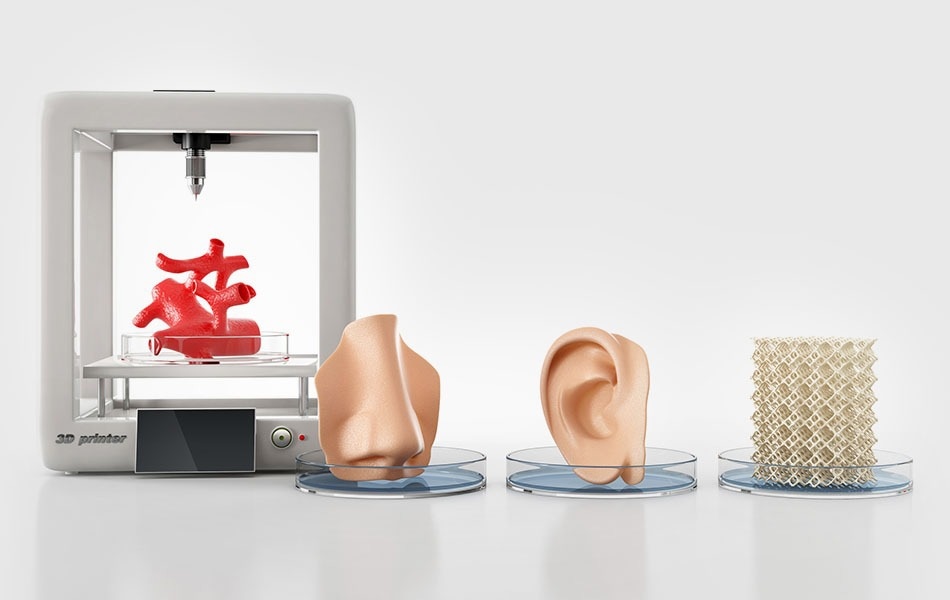
Production flexibility
The introduction of 3D printing in various areas of production is due to the fact that the technology makes it possible to create geometric shapes of almost any size and unlimited complexity.
Printers print with a wide variety of materials, making the production process as flexible as possible. For example, on the same device, you can create both waxes for jewelers and dentures for dentists. Such versatility cannot be achieved using standard production equipment. 3D printers open up new horizons and prospects for the development of their own business and additive technologies for engineers, designers and device owners.
Availability
The availability of 3D printing makes it possible to experiment using printers both at home and at work. Even the most inexpensive 3D printer can be used in architecture, construction, small-scale production, medicine, education, jewelry, printing, souvenirs, and advertising.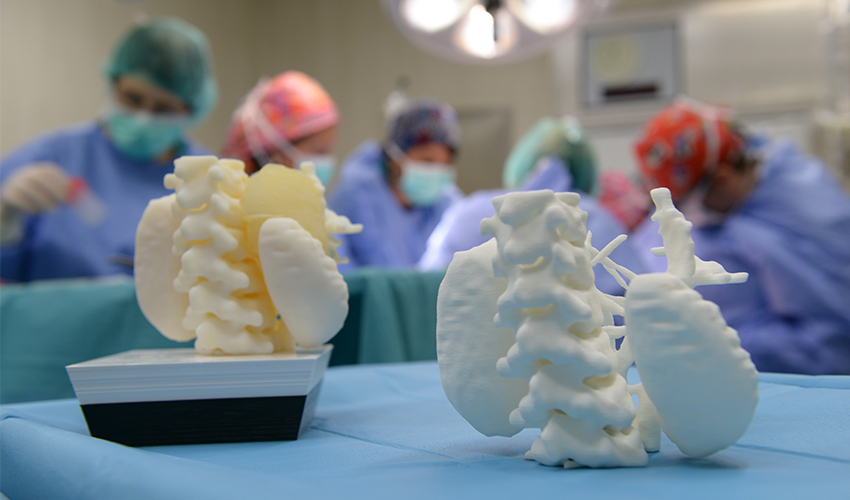 A standard spool of filament will last for a long time, and almost everyone can afford to buy a 3D printer. One of the most budget models costs about $100. nine0003
A standard spool of filament will last for a long time, and almost everyone can afford to buy a 3D printer. One of the most budget models costs about $100. nine0003
Any technique has its downsides, and 3D printers are no exception. Therefore, today additive technology has a certain number of significant drawbacks.
Minus - the small size of the camera
Perhaps the most significant drawback of printers are the small size of the print area. Look at any 3D printer, evaluate its dimensions - that's it, everything is limited to them. The device can only print the model that will fit on its platform. If you need to create a larger prototype, you will have to resort to various tricks: for example, you can print the model in parts, and then assemble them in some way. Despite the fact that there is already a prototype of a 3D printer with an unlimited size of the working platform, it is not yet possible to talk about the mass introduction of such a technology. nine0003
Minus - inaccuracies of the part
It is impossible to completely get rid of thermal contraction or shrinkage of the finished model. This is a physical process - you can only compensate for it. The layers floated, the vertical is not observed, the layers do not lie exactly on top of each other. The protrusions on the top layer of the part can be either open or closed. Essentially, this is due to the sagging of the plastic, which does not have time to cool when printed in the air without supports. nine0003
This is a physical process - you can only compensate for it. The layers floated, the vertical is not observed, the layers do not lie exactly on top of each other. The protrusions on the top layer of the part can be either open or closed. Essentially, this is due to the sagging of the plastic, which does not have time to cool when printed in the air without supports. nine0003
Disadvantage - post-processing
Most finished products printed on a 3D printer require post-processing and cleaning. The process helps to achieve the best look and smoothness of the model. Finished models are processed in various ways. Users grind parts, chemically process them, cut supports, dry products. The need for post-treatment depends on many factors. For example, the scope of work varies depending on the size of the model, the material, the type of technology chosen in the manufacture of the prototype. Thus, given that 3D printing allows fast production of parts, the speed of production can be reduced through subsequent post-processing.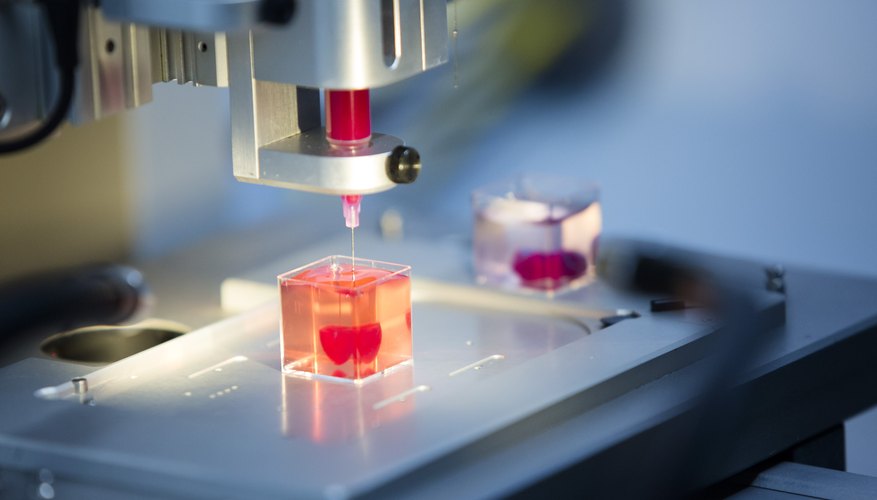 nine0003
nine0003
Strength properties of models
As a rule, the production of a three-dimensional model using additive technologies occurs by layer-by-layer application of a filament. Despite the fact that the layers are well glued together, this is not a guarantee of the perfect solidity of the finished product, and it can delaminate under certain loads. This problem is especially common when using FDM printers. Experienced users advise using injection molding to improve the strength properties of parts. Using this method, the structure of the finished part is more uniform and less brittle. nine0003
3D printers are not user-friendly
Manufacturers claim that 3D printers are easy to use. Some companies produce devices specifically for beginners. However, even for the initial assembly and preparation of the printer for operation, the user will need certain skills. Calibrating the desktop on your own, setting up the slicer program, and setting the desired print settings is not as easy as the manufacturers assure.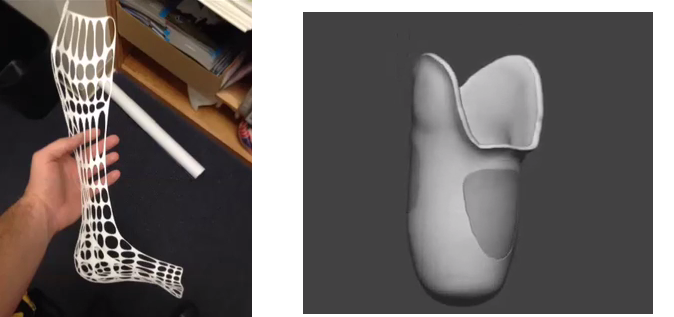 Some models are delivered already assembled - we advise you to choose them as your first printer. nine0003
Some models are delivered already assembled - we advise you to choose them as your first printer. nine0003
Harmful emissions
The size of the device and the amount of thermoplastic produced by the printer greatly affect the amount of harmful aerosol emissions into the atmosphere. The chemicals settle in our lungs and also contribute to the increase in the size of the ozone hole. A team of researchers led by Professor Brent Stevens conducted their own experiment, which tested five models of 3D printers. As a result, scientists were able to calculate the concentration of nanometer particles that are formed during the 3D printing process. nine0003
The results of the experiment did not please either printer manufacturers or device owners and users. The fact is that 3D printers using polylactic acid (PLA) in printing have demonstrated extremely high levels of ultrafine particles - from 20 billion per minute. Acrylonitrile butadiene styrene (ABS)-powered gadgets emit up to 200 billion particles per minute into the atmosphere.
Scientists have stated that harmful emissions in such quantities are similar to emissions into the atmosphere from burning tobacco or scented candles, burning natural gas. In addition, when using a laser printer using powder as a printing material, no less harmful emissions are produced. nine0003
Slow
3D printers are actually very slow. Some manufacturers claim high print speeds, but this figure is relative. Especially when it comes to making a lot of prototypes. Many users who own budget printers leave them running all night to have a small finished model by morning. Depending on the dimensions and quality of the printed product, the process may be delayed. On average, the process of creating a model can take from several hours to several days. The duration is directly proportional to the size of the object: the larger the future prototype, the more time it will take to print. nine0003
Environmental pollution
Waste plastic by-products of additive printing have long been of interest to conservationists.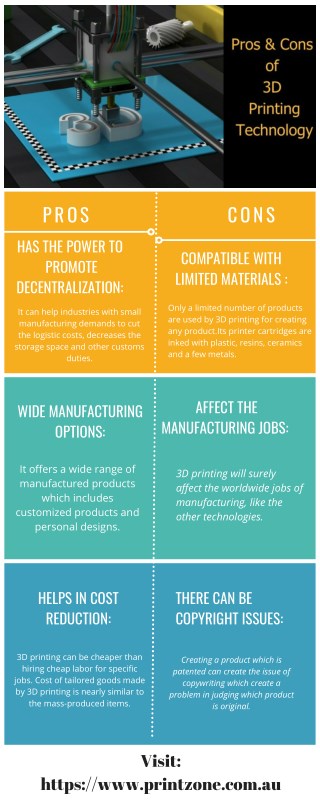 Production waste ends up in landfills, creating a negative additional burden on the environment. Scientists believe that the ABS plastic used in most 3D printers is quite toxic. This type of filament has a long period of decomposition in the soil. However, ABS is the most common type of material used in additive printing. PLA is a greener alternative to ABS. This material is more biodegradable and less toxic. The problem of environmental pollution can be solved with the spread of household plastic convertors into 3D printing filament. nine0003
Production waste ends up in landfills, creating a negative additional burden on the environment. Scientists believe that the ABS plastic used in most 3D printers is quite toxic. This type of filament has a long period of decomposition in the soil. However, ABS is the most common type of material used in additive printing. PLA is a greener alternative to ABS. This material is more biodegradable and less toxic. The problem of environmental pollution can be solved with the spread of household plastic convertors into 3D printing filament. nine0003
Three-dimensional printers open up a wide range of possibilities for their owners. The list of advantages of such devices is endless, but we have chosen only the main ones. In our opinion, one of the main advantages of 3D printers is their affordability. Finished models are of sufficient quality even on budget models. The main thing is that the user sets the correct settings and fills the printer with good material.
But 3D printers also have their drawbacks. In addition to the fact that they are not very easy to calibrate and prepare for work, they produce harmful emissions into the atmosphere, and production waste in the form of plastic practically does not decompose, polluting the environment. Another disadvantage of the devices is the low print speed. However, 3D printing is too useful to pass up. In our opinion, printers are being improved every year, and very soon their shortcomings will be minimized. nine0003
In addition to the fact that they are not very easy to calibrate and prepare for work, they produce harmful emissions into the atmosphere, and production waste in the form of plastic practically does not decompose, polluting the environment. Another disadvantage of the devices is the low print speed. However, 3D printing is too useful to pass up. In our opinion, printers are being improved every year, and very soon their shortcomings will be minimized. nine0003
- May 18, 2020
-
3D printing in medicine gradually spread to all areas of production.
The technology has been used in global healthcare since the 2000s. Since then, the use of 3D Printing for medical purposes has evolved significantly. What has happened in these 30 years in the industry, what changes have made scientists believe in solving the most difficult problems of medicine? nine0003
-
The first 3D printers.
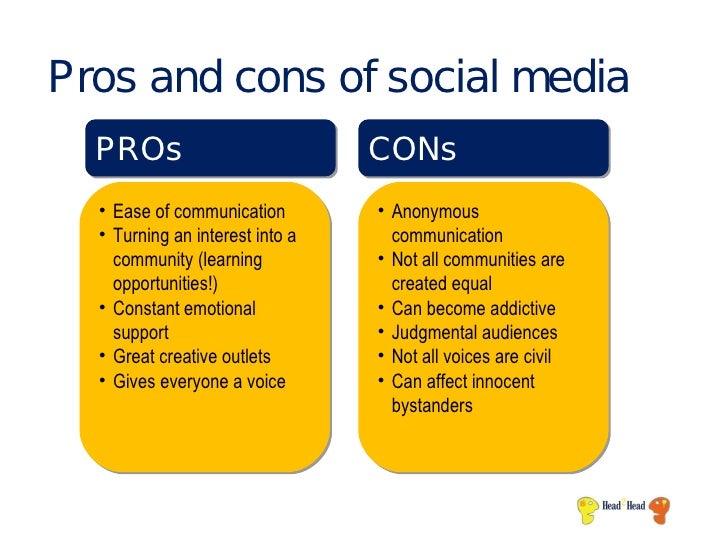
Shortly after filing a patent for a 3D printing device, Halla 3D Systems released the first 3D printer for sale (1988). Due to high equipment costs, first the right large industrial corporations have registered to use the technology, but investments are quickly paid off, and 3D printing began to be used in architecture, education, cartography and retail. nine0003
History of 3D printing
During the manufacture of small plastic parts for a future prototype, instead of fixing ultraviolet radiation of individual thin layers of photosensitive polymers, C. Hull stacked thousands of even thinner layers of plastic on top of each other, and on each such layer applied epoxy resin, which was previously used to make coatings, and the shape already obtained fixed with ultraviolet light.
 As a result of the experiment, it became clear that the principle of layered superimposition and gluing plastic will allow you to create three-dimensional objects of any shape. nine0003
As a result of the experiment, it became clear that the principle of layered superimposition and gluing plastic will allow you to create three-dimensional objects of any shape. nine0003 -
The technology was first applied in medicine.
In 1999, a group of scientists and doctors from the Institute of Regenerative Medicine Wake Forest (USA) implanted in the patient an organ grown in the laboratory on the basis of the patient's own cells. The operation set a precedent for creating an exact copy using computed tomography and a 3D printer organ of the patient - the bladder. nine0003
-
A functioning liver has been created.
Scientists from the Wake Forest Institute have created a functioning liver based on bio-ink.
nine0032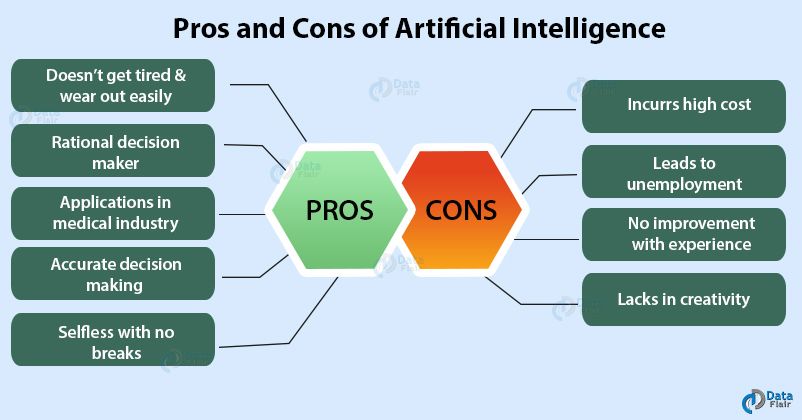 This time they are not they simply printed a base for overlaying living tissue, but accurately reproduced liver tissue. Although the body is not transplanted, the experiment was an impressive confirmation of the concept of printing organs and tissues.
This time they are not they simply printed a base for overlaying living tissue, but accurately reproduced liver tissue. Although the body is not transplanted, the experiment was an impressive confirmation of the concept of printing organs and tissues. -
3D printed instruments for surgeons invented
From 2006 to 2014, we invented and put into practice surgical instruments: anatomical 3D models, teaching aids, implants and custom-made prostheses.
3D model for neurosurgical planning (Walter M.
nine0032 I.C. Reid). Photo source: NCBI
I.C. Reid). Photo source: NCBI -
Facial reconstruction surgery performed.
In 2014, Swansea surgeons reconstructed the face of a motorcyclist who suffered serious injuries in a road accident. Stephen Power became the first patient in the world with a craniofacial injury, for the treatment of which, at every stage, doctors used 3D printing. nine0003
Since then, we have regularly received news of successful implants or transplants. 3D printed bones and joints. Reports of the joint success of scientists, doctors and engineers come from China, USA, European countries.
How are technologies developing in Russia?
- Nizhny Novgorod doctors of the Volga Federal Medical Research Center (FGBU "PFMIC" Ministry of Health of Russia) in 2016 performed two successful operations to implant hip prostheses joints printed on a 3D printer.
 nine0032
nine0032 - Specialists from the laboratory of Tomsk State University have invented a variant of bone tissue based on phosphorus and calcium. Scientists have suggested that tissue created from animal bones, and, therefore, biocompatible with the human body, capable of replacing titanium implants over time.
- In the clinic at the St. Petersburg State Pediatric Medical University, successfully perform operations using simulated organs to prepare for intervention for malformations hearts. Now, instead of several complex operations, one will be needed to save the child - a long one, but less risky. nine0032
We think over the correct access, how to choose the tactics necessary for this operation, choose the type operations. Because with complex congenital heart defects with difficult hemodynamics, the details have colossal importance.
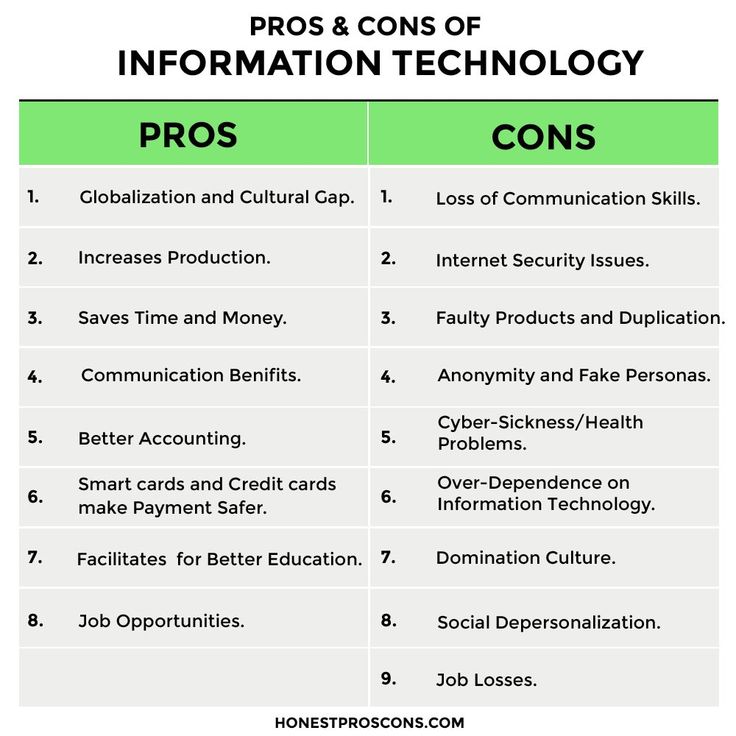 And the correct approach to the operation will be either positive or negative result. Evgeny Kulemin, cardiac surgeon
And the correct approach to the operation will be either positive or negative result. Evgeny Kulemin, cardiac surgeon What is 3D printing?
Three-dimensional printing, or additive technologies, is a manufacturing method in which solid three-dimensional objects are created by sequential layer-by-layer application of materials. plastic, metal, ceramics, powder, liquids and even living cells. nine0003
Additive manufacturing - the opposite of subtractive manufacturing and traditional methods, milling and cutting, where the appearance of the product is formed by removing excess, and not layered material connections.
Steps for creating a 3D object:
- Modeling an object in a computer program
- Seal
- Post-processing
3 advantages of technology:
Printing speed, high accuracy and construction of the object in the desired geometric shape.

Create complex and anatomically accurate medical structures and translate them into 3D tangible objects made possible by the translation of 2D radiographic data, such as x-rays images, MRI (magnetic resonance imaging) or CT (computed tomography) images into digital files and further transformation of the virtual model into a solid three-dimensional product. nine0003
Why is 3D printing useful for medicine?
- High-precision 3D printing of skeletal bones or areas of the brain with neoplasms helps doctors and students of medical universities to study the material, practice and plan surgical procedures.
- Production of implants and prostheses to order according to the individual anatomical parameters of the patient simplifies the work of the doctor and increases the survival rate of the implant or prosthesis. nine0032
-
Creating new tissues and organs based on patient cells, or bioprinting, gives hope to doctors and patients to solve the problem of lack of donors and material for transplantation of organs and tissues.
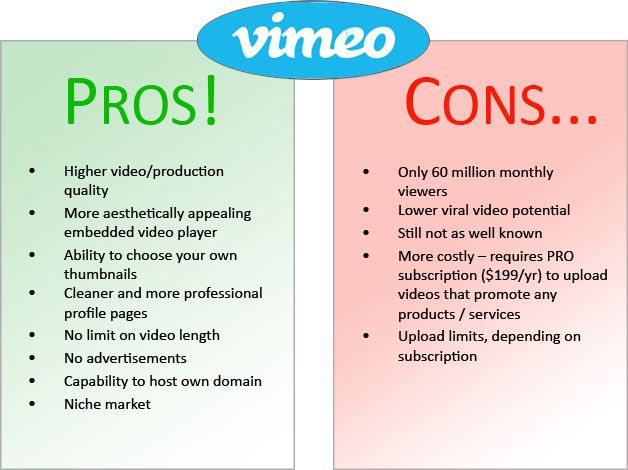
Learn more
-







